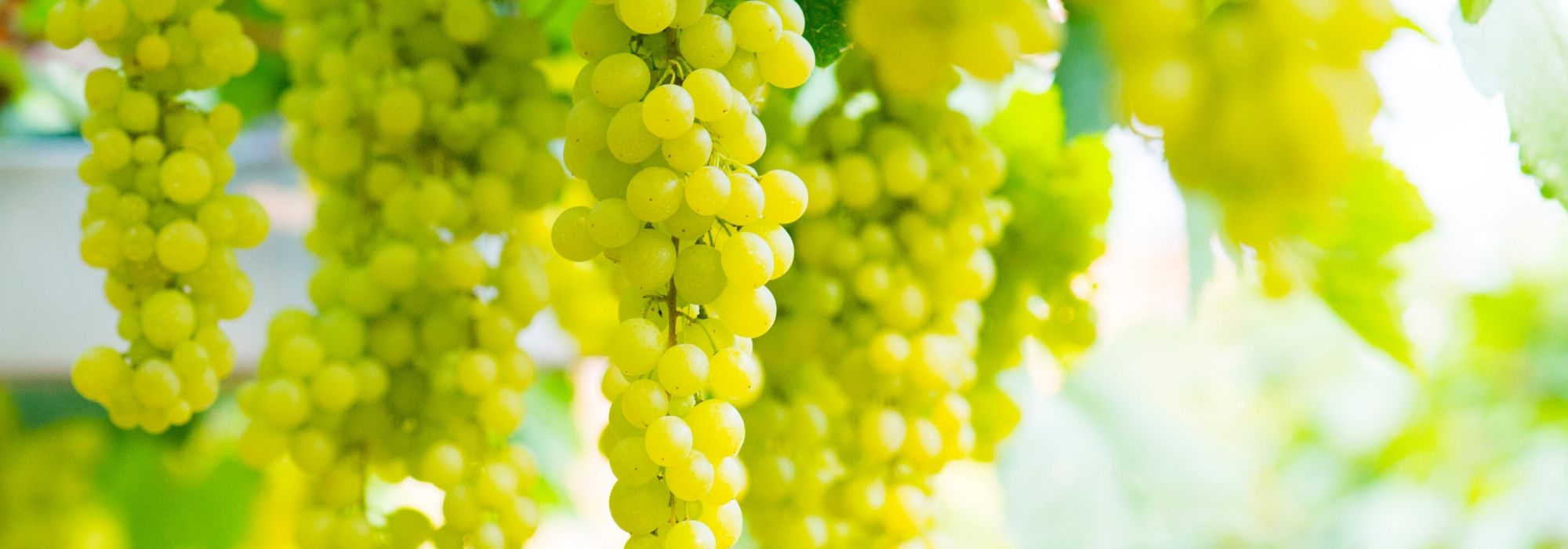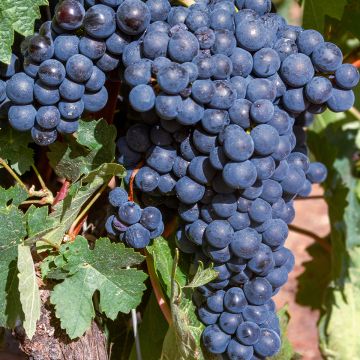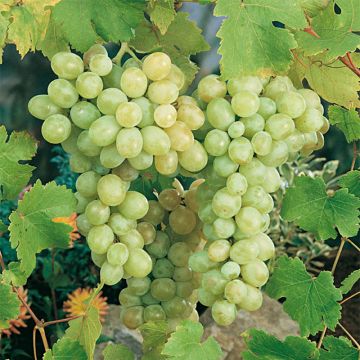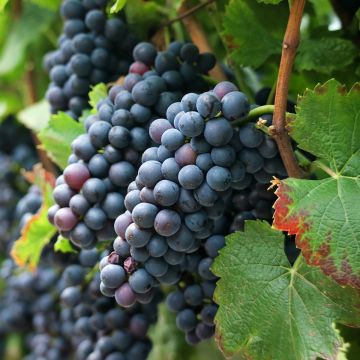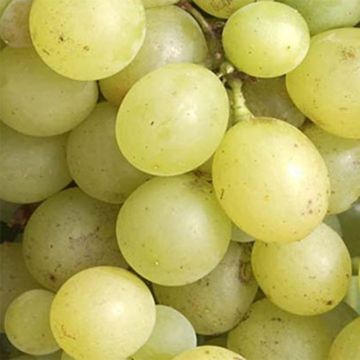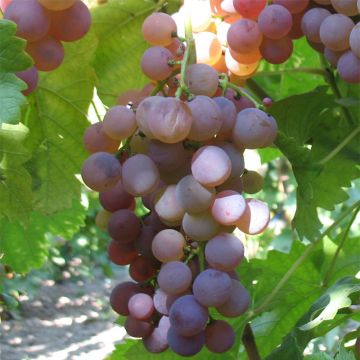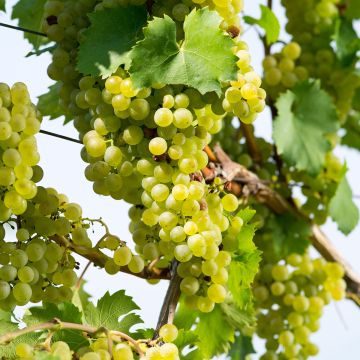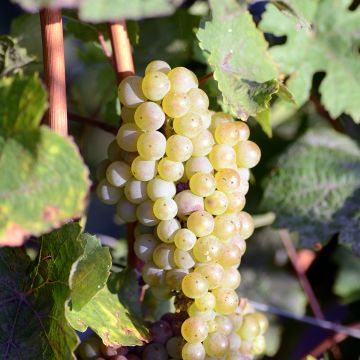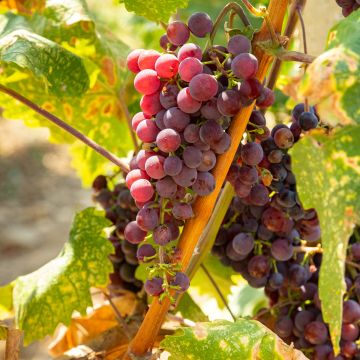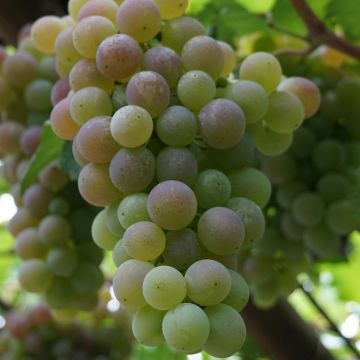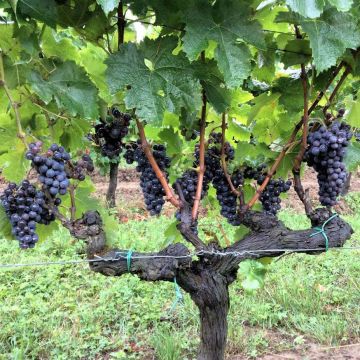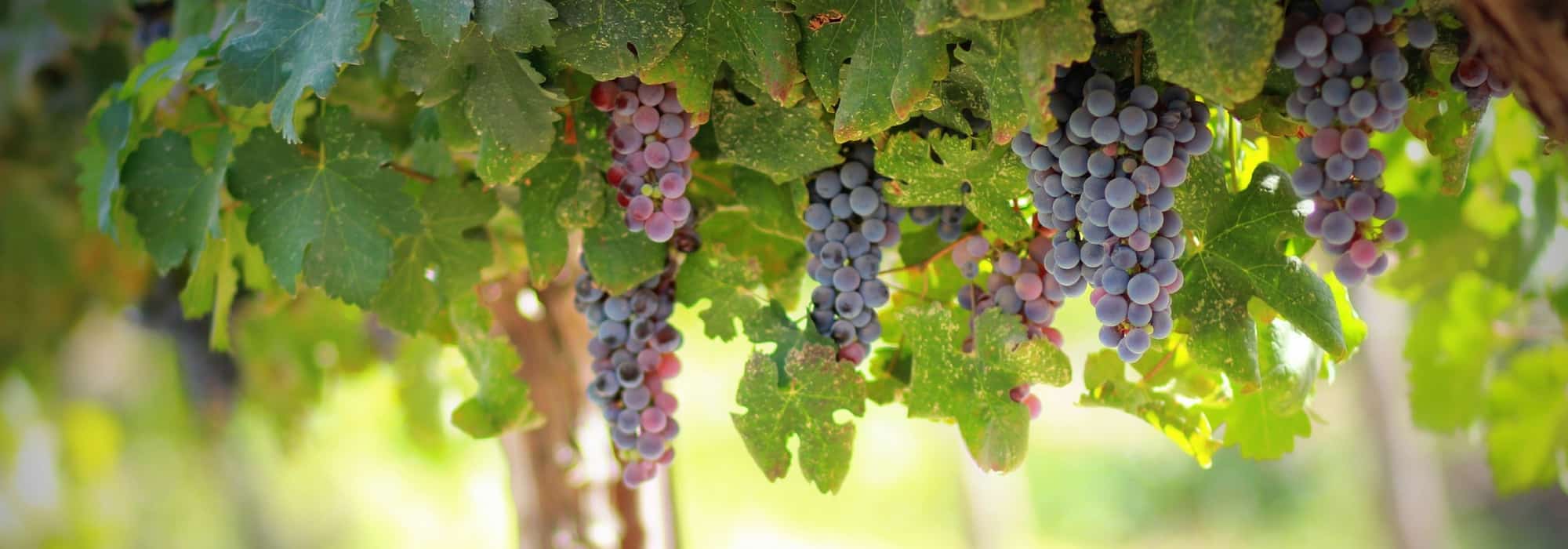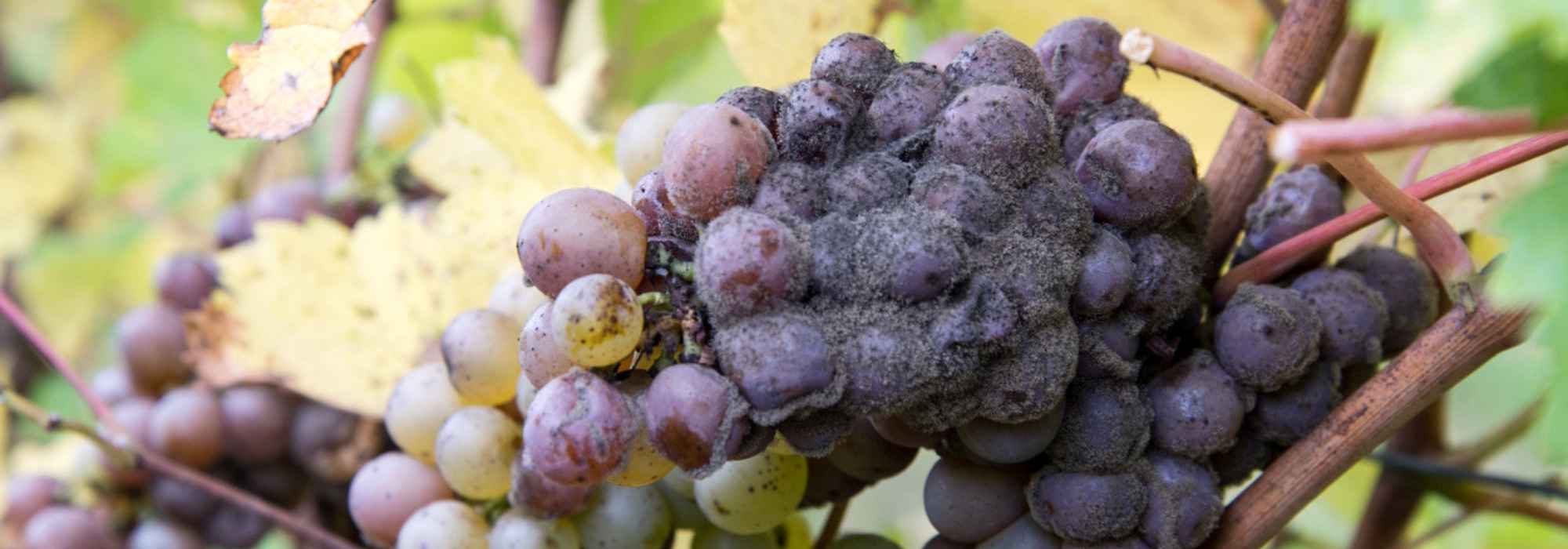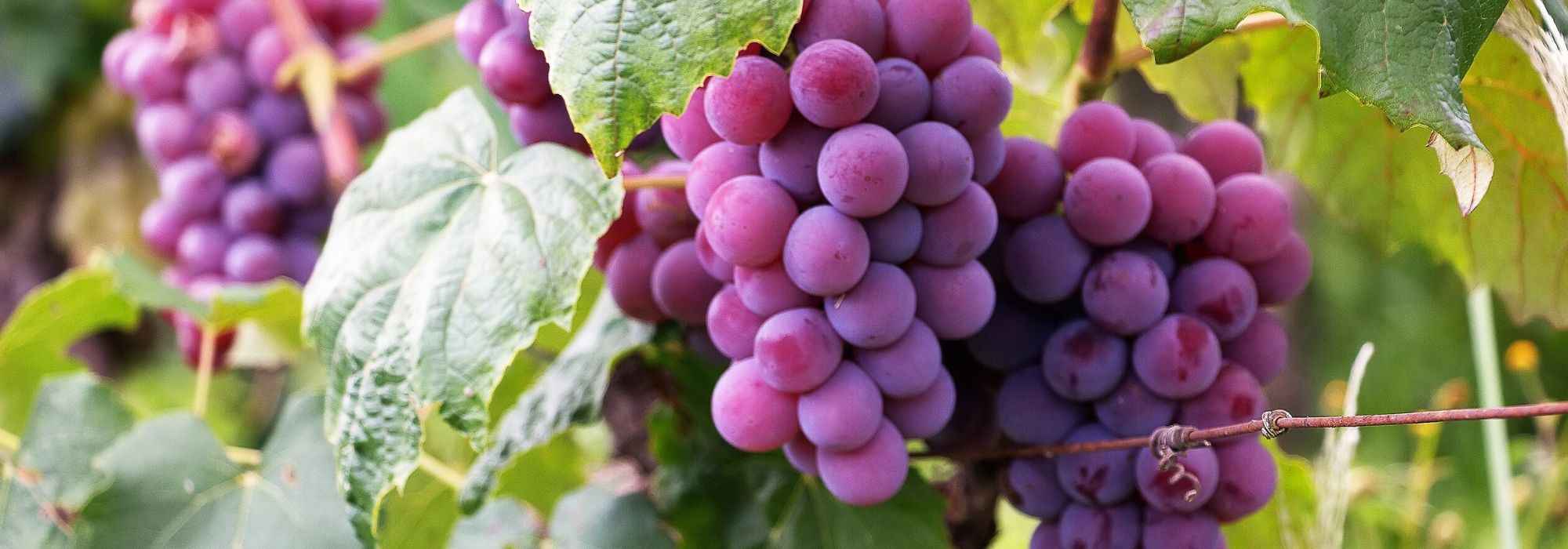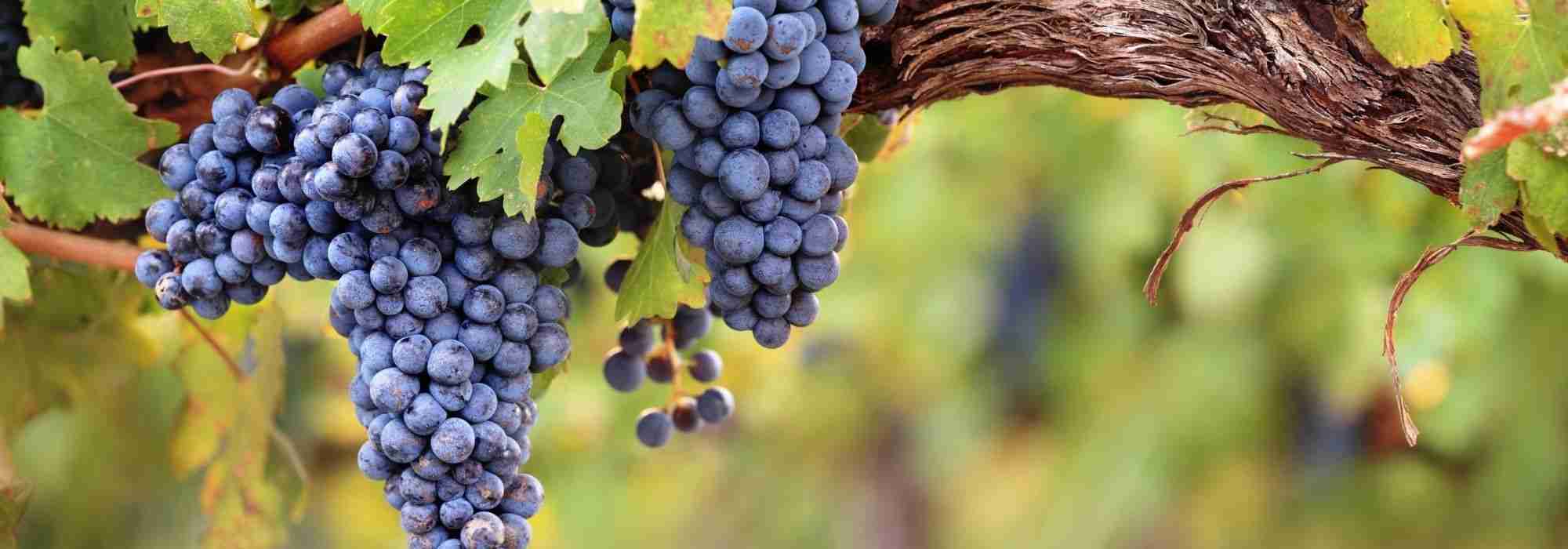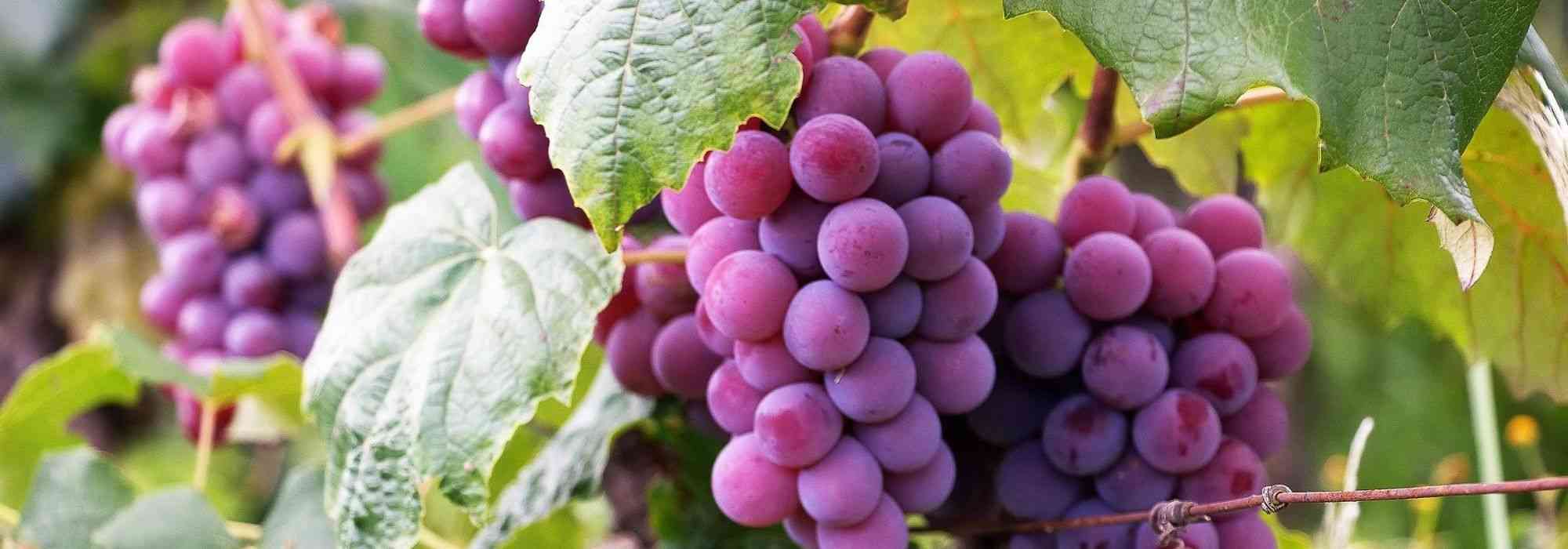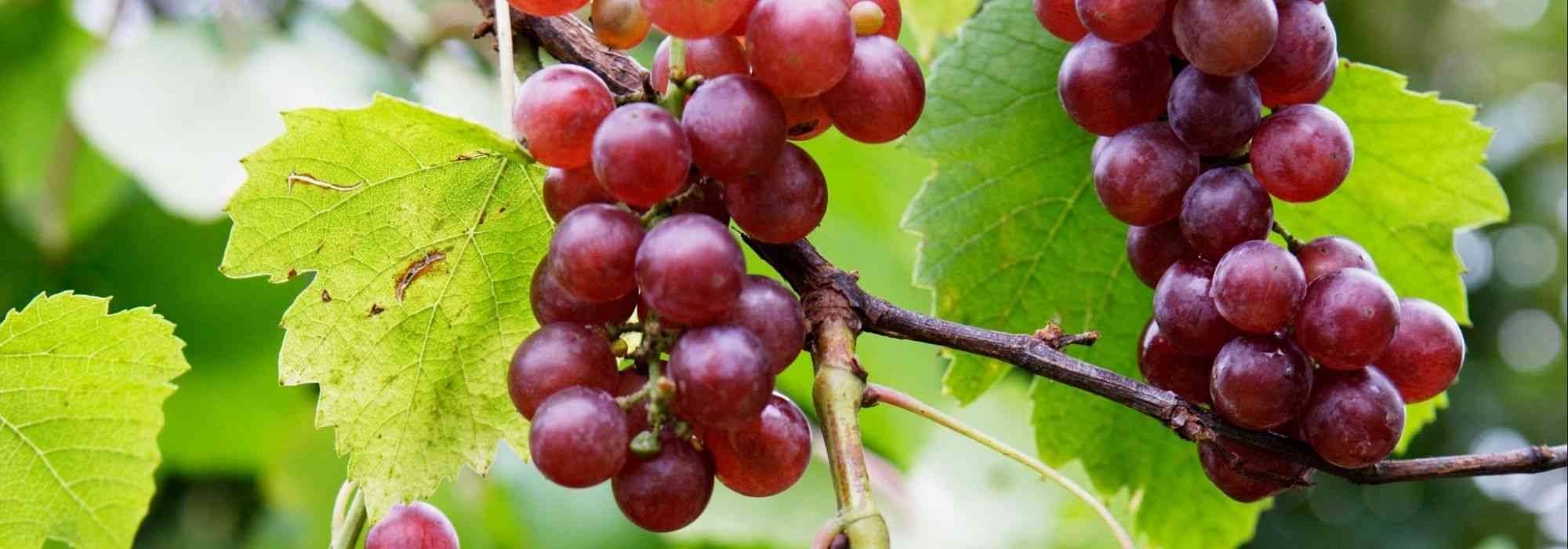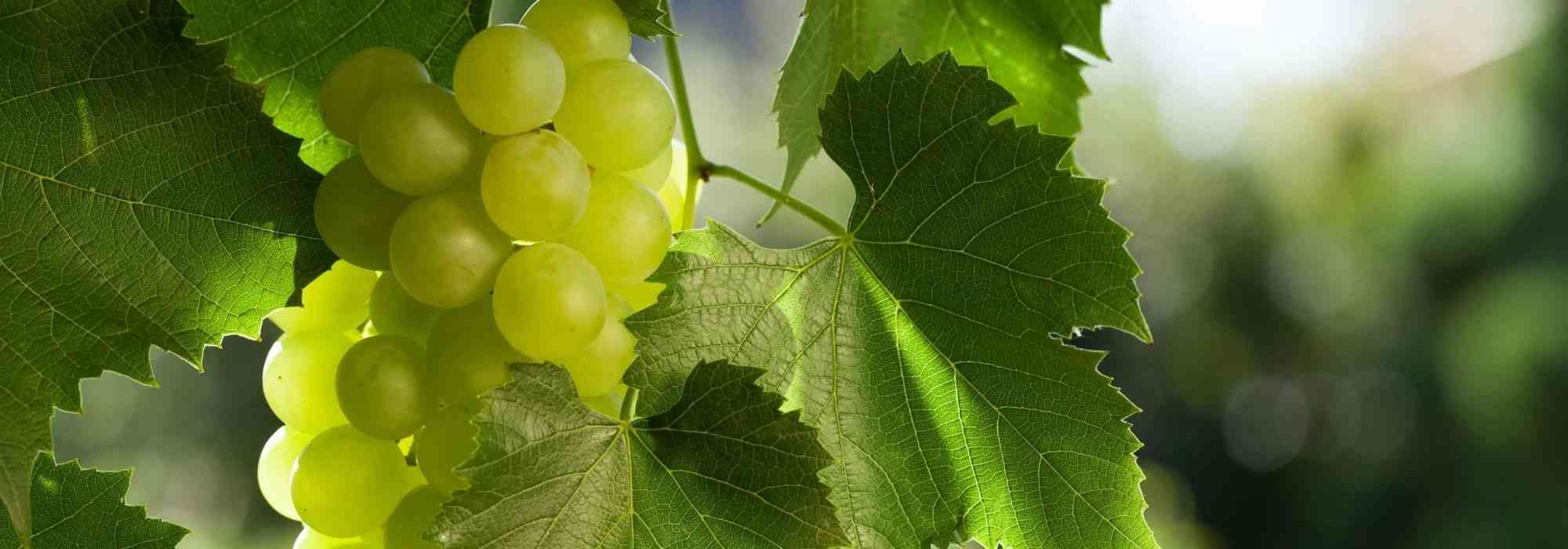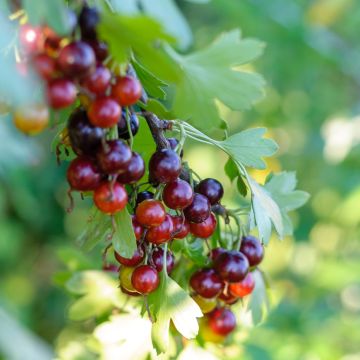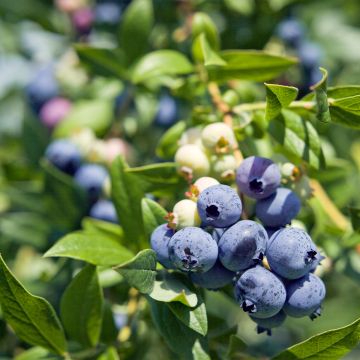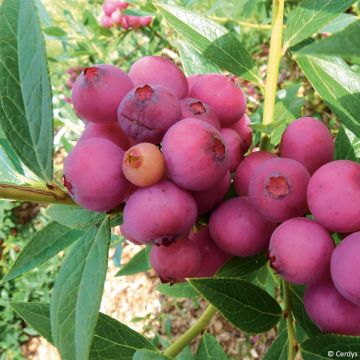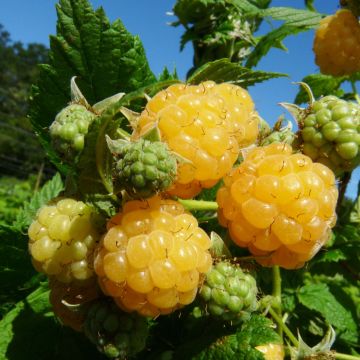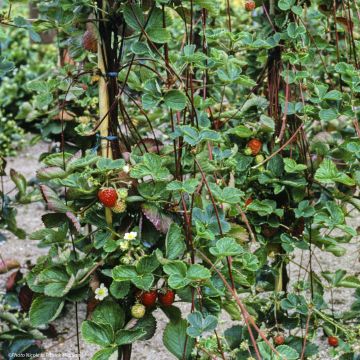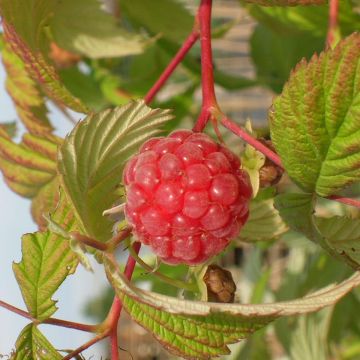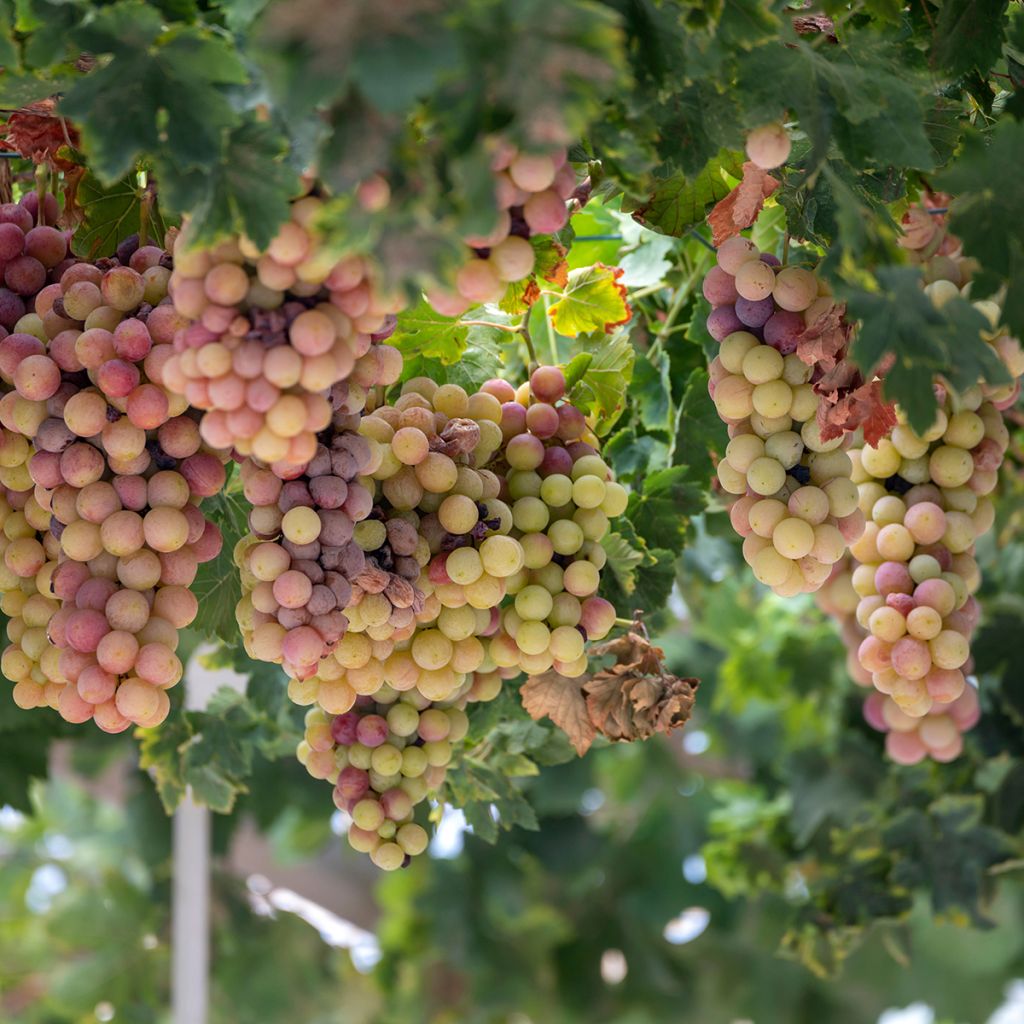

Vitis vinifera Cortese - Grape vine
Vitis vinifera Cortese - Grape vine
Vitis vinifera Cortese
Grapevine, Common Grape Vine, European Grape, Wine Grape
Special offer!
Receive a €20 voucher for any order over €90 (excluding delivery costs, credit notes, and plastic-free options)!
1- Add your favorite plants to your cart.
2- Once you have reached €90, confirm your order (you can even choose the delivery date!).
3- As soon as your order is shipped, you will receive an email containing your voucher code, valid for 3 months (90 days).
Your voucher is unique and can only be used once, for any order with a minimum value of €20, excluding delivery costs.
Can be combined with other current offers, non-divisible and non-refundable.
Home or relay delivery (depending on size and destination)
Schedule delivery date,
and select date in basket
This plant carries a 6 months recovery warranty
More information
We guarantee the quality of our plants for a full growing cycle, and will replace at our expense any plant that fails to recover under normal climatic and planting conditions.
Description
Vitis vinifera or 'Cortese' vine is a traditional Italian grape variety characterised by medium to large-sized, conical-pyramidal clusters, which can be either whole or accompanied by one or two wings. The grapes are medium-sized and irregularly shaped, ovoid or slightly ellipsoidal. Their thin, uniform yellow-green skin, turns golden yellow at ripeness, with orange to tawny shades on the sun-exposed side. A light, non-resistant whitish bloom covers these berries with juicy and slightly crunchy flesh. This variety is quite late, with its clusters being harvested in September.
'Cortese' is a grape variety cultivated for centuries in the Piedmont region, in northwest Italy. Although it is mainly associated with this region, it can also be found in other Italian vineyards. Its reputation extends to Germany, Switzerland, Argentina, Mexico, Brazil, and even the United States.
The 'Cortese' vine is vigorous, it can easily reach a height of 4.50 metres. It has a late bud burst period in spring. It thrives best on well-exposed slopes that warm up quickly and requires a warm and dry climate. Its cold resistance is excellent (-15 °C or more). It is a fertile variety, offering a significant and regular yield, but requiring careful monitoring. Its deciduous foliage is decorative. Its leaves can be highly dissected. In autumn, they turn a magnificent golden yellow. This grape variety is not particularly susceptible to major fungal diseases, except for powdery mildew and, to a lesser extent, grey rot. However, its grapes can become fragile during harvest if there is abundant and persistent rainfall.
'Cortese' produces high-quality wines, fresh and rich in acidity, with a light colour, low in alcohol, to be enjoyed when young. In Italy, this grape variety is used to produce dry or sparkling wines. The aromas associated with wines made from Cortese include acacia, ripe citrus fruits, lemon, white flowers, mango, melon, honey, peach, pear, and apple.
'Cortese' grapes can also be consumed at the table or as juice, for example in a vitamin-rich fruit cocktail for breakfast. In general, grapes are rich in B vitamins, a source of fibre and manganese, and well-endowed with antioxidants. They are a healthy, natural, and tasty dessert. To enjoy grapes over a long period, plant varieties of citrus trees with staggered ripening.
Vitis vinifera Cortese - Grape vine in pictures
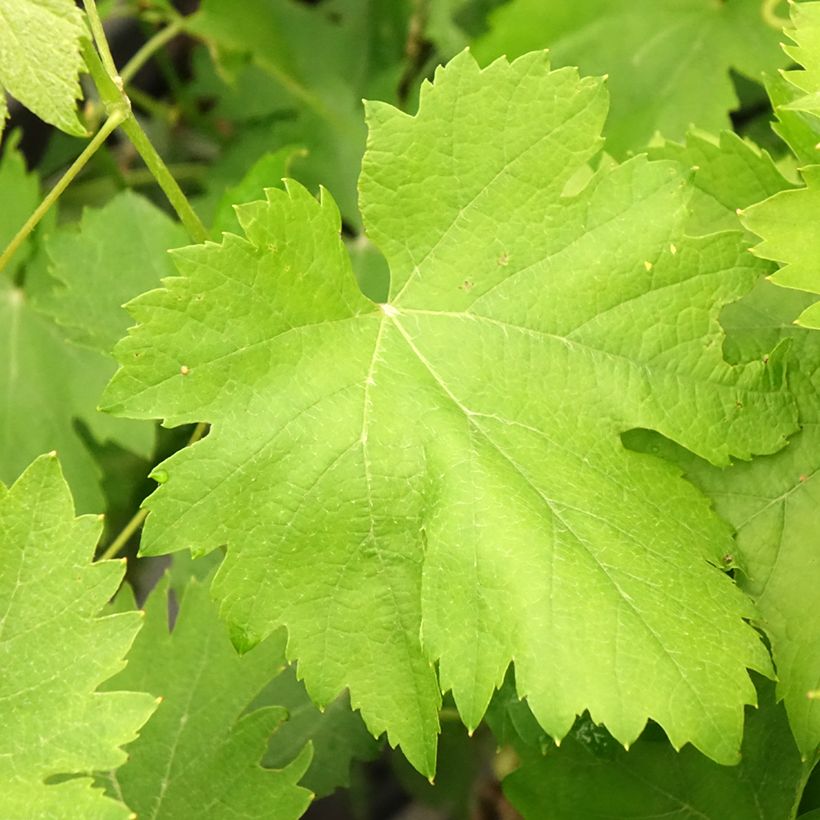

Plant habit
Fruit
Flowering
Foliage
Botanical data
Vitis
vinifera
Cortese
Vitaceae
Grapevine, Common Grape Vine, European Grape, Wine Grape
Vitis vinifera Cortesa, Corteis, Courteis, Courteisa, Bianca fernanda, Raverusto
Cultivar or hybrid
Other Grapevines
View all →Planting and care
Since the devastation caused by phylloxera at the end of the 19th century, the vine is now grafted onto different rootstocks resistant to this disease and adapted to different types of soil. These rootstocks come from American varieties naturally armed against this formidable parasite, itself of American origin.
Plant the Cortese vine in autumn, in well-drained soil, even stony, clayey and limestone. Once well-rooted, it will withstand summer drought very well.
Plant it in a sunny location, sheltered from strong, cold and dry winds. This variety can withstand heavy frosts in winter, it is hardy down to -15°C. Incorporate 3 or 4 handfuls of fertilizer for fruit trees and 2 kg of composted manure into the planting soil for each vine. Be careful, the roots should not come into contact with the manure. After planting, prune above 2 large buds (buds) to obtain the growth of two branches. Keep the most vigorous one and tie it to a stake. This will be followed by training pruning.
The vine does not require regular fertiliser application, quite the opposite for good yield. In overly rich soil, vegetation (leaves) will develop at the expense of fruiting. Enrich the soil with potash, crushed horn or iron chelate, only every 2-3 years.
Planting period
Intended location
Care
Planting & care advice
This item has not been reviewed yet - be the first to leave a review about it.
Similar products
Haven't found what you were looking for?
Hardiness is the lowest winter temperature a plant can endure without suffering serious damage or even dying. However, hardiness is affected by location (a sheltered area, such as a patio), protection (winter cover) and soil type (hardiness is improved by well-drained soil).

Photo Sharing Terms & Conditions
In order to encourage gardeners to interact and share their experiences, Promesse de fleurs offers various media enabling content to be uploaded onto its Site - in particular via the ‘Photo sharing’ module.
The User agrees to refrain from:
- Posting any content that is illegal, prejudicial, insulting, racist, inciteful to hatred, revisionist, contrary to public decency, that infringes on privacy or on the privacy rights of third parties, in particular the publicity rights of persons and goods, intellectual property rights, or the right to privacy.
- Submitting content on behalf of a third party;
- Impersonate the identity of a third party and/or publish any personal information about a third party;
In general, the User undertakes to refrain from any unethical behaviour.
All Content (in particular text, comments, files, images, photos, videos, creative works, etc.), which may be subject to property or intellectual property rights, image or other private rights, shall remain the property of the User, subject to the limited rights granted by the terms of the licence granted by Promesse de fleurs as stated below. Users are at liberty to publish or not to publish such Content on the Site, notably via the ‘Photo Sharing’ facility, and accept that this Content shall be made public and freely accessible, notably on the Internet.
Users further acknowledge, undertake to have ,and guarantee that they hold all necessary rights and permissions to publish such material on the Site, in particular with regard to the legislation in force pertaining to any privacy, property, intellectual property, image, or contractual rights, or rights of any other nature. By publishing such Content on the Site, Users acknowledge accepting full liability as publishers of the Content within the meaning of the law, and grant Promesse de fleurs, free of charge, an inclusive, worldwide licence for the said Content for the entire duration of its publication, including all reproduction, representation, up/downloading, displaying, performing, transmission, and storage rights.
Users also grant permission for their name to be linked to the Content and accept that this link may not always be made available.
By engaging in posting material, Users consent to their Content becoming automatically accessible on the Internet, in particular on other sites and/or blogs and/or web pages of the Promesse de fleurs site, including in particular social pages and the Promesse de fleurs catalogue.
Users may secure the removal of entrusted content free of charge by issuing a simple request via our contact form.
The flowering period indicated on our website applies to countries and regions located in USDA zone 8 (France, the United Kingdom, Ireland, the Netherlands, etc.)
It will vary according to where you live:
- In zones 9 to 10 (Italy, Spain, Greece, etc.), flowering will occur about 2 to 4 weeks earlier.
- In zones 6 to 7 (Germany, Poland, Slovenia, and lower mountainous regions), flowering will be delayed by 2 to 3 weeks.
- In zone 5 (Central Europe, Scandinavia), blooming will be delayed by 3 to 5 weeks.
In temperate climates, pruning of spring-flowering shrubs (forsythia, spireas, etc.) should be done just after flowering.
Pruning of summer-flowering shrubs (Indian Lilac, Perovskia, etc.) can be done in winter or spring.
In cold regions as well as with frost-sensitive plants, avoid pruning too early when severe frosts may still occur.
The planting period indicated on our website applies to countries and regions located in USDA zone 8 (France, United Kingdom, Ireland, Netherlands).
It will vary according to where you live:
- In Mediterranean zones (Marseille, Madrid, Milan, etc.), autumn and winter are the best planting periods.
- In continental zones (Strasbourg, Munich, Vienna, etc.), delay planting by 2 to 3 weeks in spring and bring it forward by 2 to 4 weeks in autumn.
- In mountainous regions (the Alps, Pyrenees, Carpathians, etc.), it is best to plant in late spring (May-June) or late summer (August-September).
The harvesting period indicated on our website applies to countries and regions in USDA zone 8 (France, England, Ireland, the Netherlands).
In colder areas (Scandinavia, Poland, Austria...) fruit and vegetable harvests are likely to be delayed by 3-4 weeks.
In warmer areas (Italy, Spain, Greece, etc.), harvesting will probably take place earlier, depending on weather conditions.
The sowing periods indicated on our website apply to countries and regions within USDA Zone 8 (France, UK, Ireland, Netherlands).
In colder areas (Scandinavia, Poland, Austria...), delay any outdoor sowing by 3-4 weeks, or sow under glass.
In warmer climes (Italy, Spain, Greece, etc.), bring outdoor sowing forward by a few weeks.






























